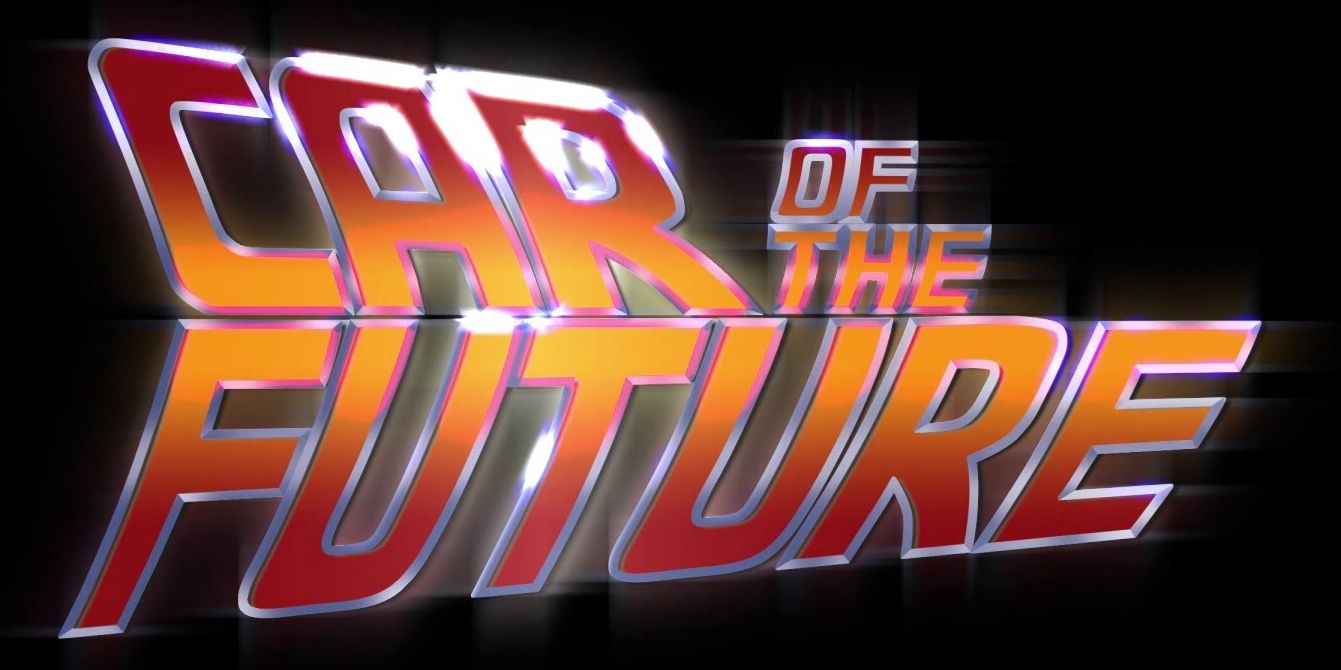Inaugural Canopus Award Winners to be Announced
Award-winning authors and social and physical science experts will gather at Science Fiction Stories Night and honor winners of the first annual Canopus Awards for Interstellar Writing on Halloween Eve during 100 Year Starship’s ® (100YSS®) fourth annual public symposium in Silicon Valley from October 29-November 1, at the Santa Clara Marriott in Santa Clara, California.
100 Year Starship® (100YSS®) is the independent, long-term global initiative led by former astronaut Dr. Mae Jemison to ensure the capability for human travel beyond our solar system exist within the next 100 years and the advances are applied to enhance life here on Earth every step of the way.
Science fiction frequently leads to science fact. In fact, the extremes of scientific discovery today fuel the imagination and possibilities for science fiction writers tomorrow who catapult them into our collective realm of possibility with their stories. Join the discussion on Science Fiction Stories Night with awarding winning authors, including Nebula Award winner Pat Murphy (The Falling Woman, Bones, and Points of Departure); Juliette Wade (short fiction published in Analog Magazine and Clarkesworld); Brenda Cooper (Edge of Dark and Beyond the Waterfall Door); and, Jacob Weisman, publisher of Tachyon (titles have won the Nebula, Hugo, Sturgeon, Locus, Mythopoeic and World Fantasy Awards).
In addition, 100YSS will announce the inaugural winners of its Canopus Awards for Excellence in Interstellar Writing™. The awards recognize and highlight the importance of great story telling to propel the Interstellar movement. Winners will be named in the categories of “Previously Published Long-Form Fiction;” “Previously Published Short-Form Fiction;” “Original Fiction;” and, “Original Non-Fiction.” (See below for list of finalists.)
With the timely theme of “Finding Earth 2.0,” the symposium invites the public to explore the game-changing processes required to indisputably find a planet outside our solar system capable of supporting Earth-evolved life. Symposium attendees will examine what specific capabilities and systems—scientific, technical and societal—will be needed and impacted over the next five to 25 years to definitively identify at least one Earth 2.0.
A powerful four-day event, the symposium will feature experiences involving transdisciplinary approaches that require attendees to stretch their imaginations and appreciate today’s cutting-edge technologies. They will be challenged to discuss and take action on thought-provoking frontiers of science, civilization, space, technology, society, music and art, both now and in the future.
Organized by the global 100YSS team, the 2015 Public Symposium will bring together experts, enthusiasts, students, celebrities, innovators, educators, and thought leaders from around the world.
Other participants include renown scientists, thinkers, artists, policy makers and celebrities like George Whitesides, CEO, Virgin Galactic; Mickey Fisher, Creator, EXTANT; Lou Friedman, Ph.D. astronomer and co-founder of the Planetary Society; Jill Tarter, Ph.D., co-founder of SETI Institute, astronomer and TED Prize winner; Mae Jemison, M.D., physician, engineer and entrepreneur; Hakeem Oluseyi, Ph.D., TED Fellow and Chief Science Officer, Discovery Channel; Amy Millman, CEO and co-founder Springboard Enterprises; Mmboneni Muofhe, Deputy Director, South African Department of Science and Technology; Pam Contag, Ph.D., CEO, Molecular Sciences Institute; Pete Worden, Ph.D., Chairman, Breakthrough Prize Foundation and former Director, NASA Ames; and, Kurt Zatloukal, M.D., Professor, Medical University of Graz (Austria), among others.
Dr. Jemison stated, “100 Year Starship is building an inclusive movement that spurs us to achieve the extraordinary — human travel beyond our solar system. Simultaneously, 100 Year Starship is applying the radical leaps in knowledge, technologies, social systems and other capabilities learned and discovered to improve life here on Earth today. While it might take years to uncover these Earth-bound solutions, it might not. However, we might not find them at all without the unique perspective afforded by such an audacious goal of interstellar travel.”
For more information or to register to attend, visit: http://2015.symposium.100yss.org/
About 100 Year Starship®
100 Year Starship® (100YSS), an independent, non-governmental, long-term initiative to ensure the capabilities for human interstellar flight exist as soon as possible, and definitely within the next 100 years. 100YSS was started in 2012 with seed-funding through a competitive grant from DARPA (Defense Advanced Research Projects Agency) and support from NASA (National Aeronautics and Space Administration) for the purpose of fostering the type of explosive innovation and technology and social advances born from addressing such an incredible challenge. 100YSS is part of the Dorothy Jemison Foundation for Excellence. For more information, visit www.100yss.org.
FIRST ANNUAL CANOPUS AWARD™ FOR EXCELLENCE IN INTERSTELLAR WRITING
FINALISTS
In the category of “Previously Published Long-Form Fiction” (40,000 words or more):
- “Other Systems” by Elizabeth Guizzetti
- “The Creative Fire” by Brenda Cooper
- “InterstellarNet: Enigma” by Edward M. Lerner
- “Aurora” by Kim Stanley Robinson
- “Coming Home” by Jack McDevitt
In the category of “Previously Published Short-Form Fiction” (between 1,000 and 40,000 words):
- “Race for Arcadia” by Alex Shvartsman
- “Stars that Make Dark Heaven Light” by Sharon Joss
- “Homesick” by Debbie Urbanski
- “Twenty Lights to the Land of Snow” by Michael Bishop
- “Planet Lion” by Catherynne M. Valente
- “The Waves” by Ken Liu
- “Dreamboat” by Robin Wyatt Dunn
In the category of “Original Fiction” (1,000–5,000 words):
- “Landfall” by Jon F. Zeigler
- “Project Fermi” by Michael Turgeon
- “Everett’s Awakening” by Ry Yelcho
- “Groundwork” by G. M. Nair
- “His Holiness John XXIV about Father Angelo Baymasecchi’s Diary” by Óscar Garrido González
- “The Disease of Time” by Joseph Schmidt
In the category of “Original Non-Fiction” (1,000–5,000 words):
- “Why Interstellar Travel?” by Jeffrey Nosanov
- “Finding Earth 2.0 from the Focus of the Solar Gravitational Lens” by Louis D. Friedman and Slava Turyshev





